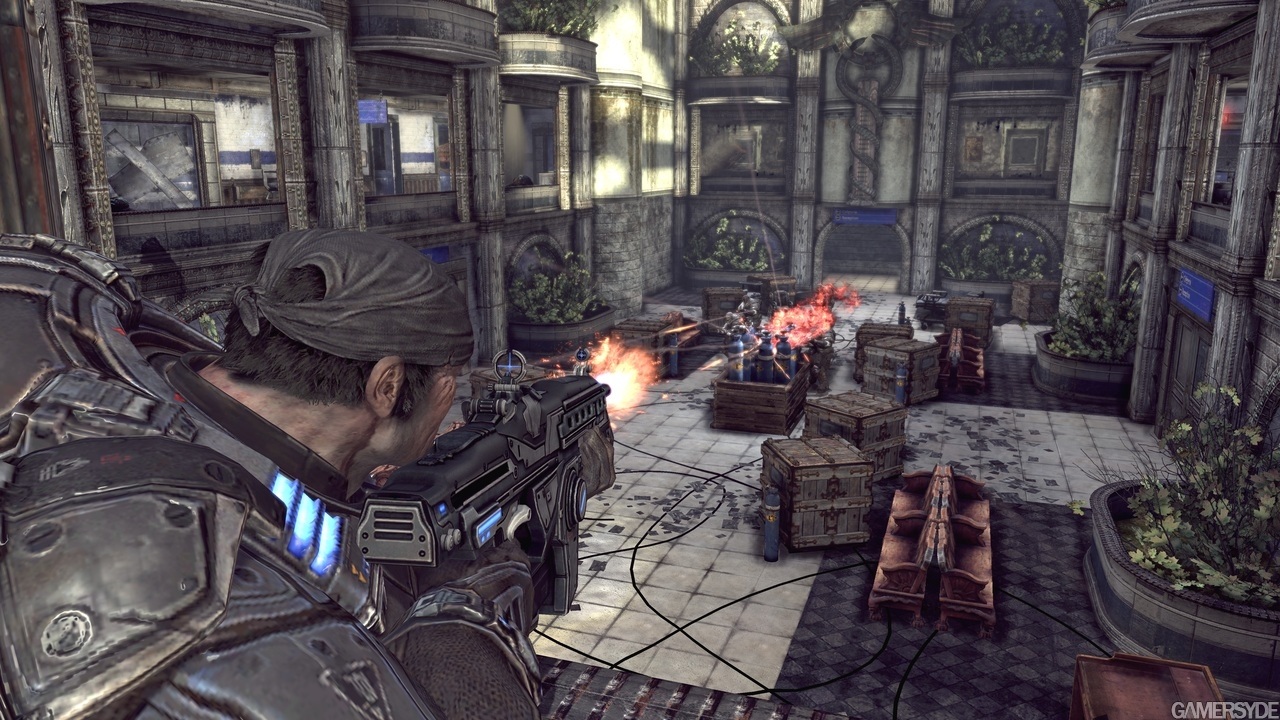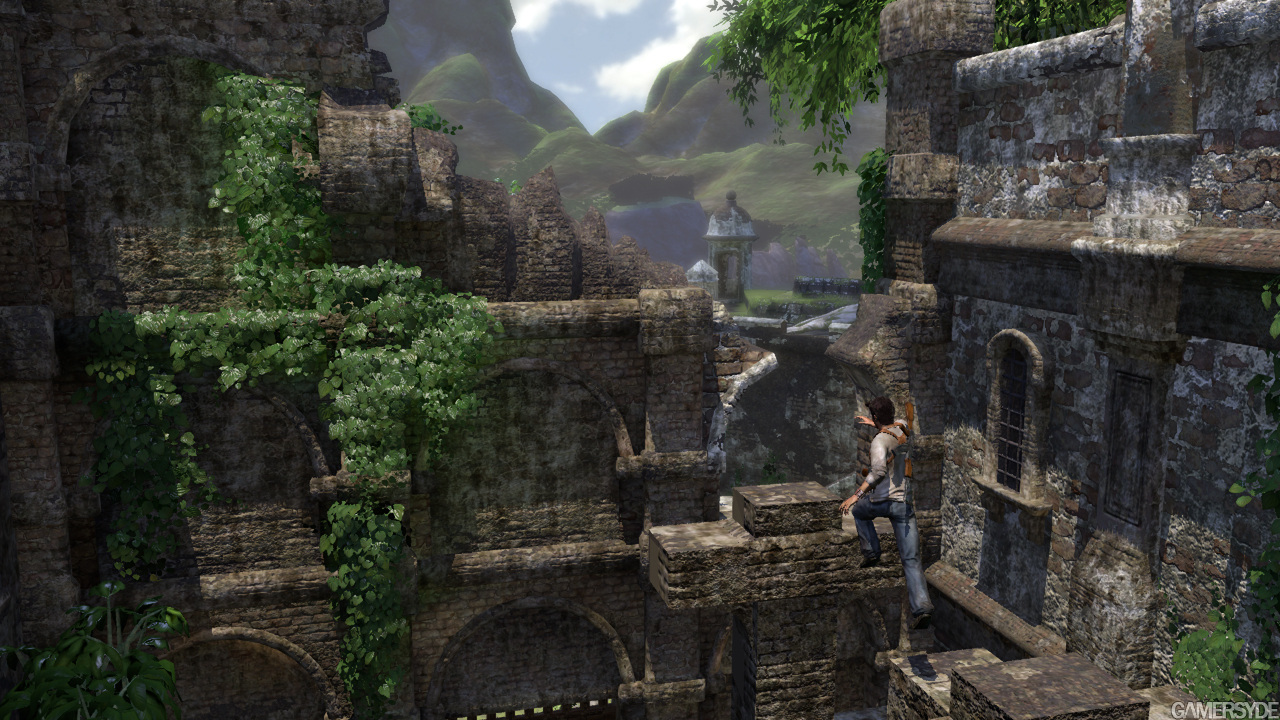Jan Bart Van Beek: Our engine is built around a deferred renderer. The strength of such engines is that they are very good at lighting as it's much more efficient at dealing with a lot of lights while at the same time being much faster at lighting then traditional, so called "forward" renderers. Of course with any advantage there usually is a disadvantage as well, which in the case of deferred renderers is their limitations regarding transparent objects, so glass objects but also grass and leaves. To overcome that weakness Killzone 2 actually uses a second engine for rendering transparent objects and particles. The advantage of a deferred renderer is that shaders themselves are a lot cheaper to process, as all the expensive lighting calculations are taken out of them. This has allowed us to experiment a little more with some more advanced shader techniques.
As we were developing the game, the engine became more and more robust and mature. One of the main developments was that more processes that were initially handled by the main CPU were being moved to the SPUs. Physics, lighting set-up, particle set-up, animation and such are by now all running on the SPU, leaving the CPU to calculate the more tricky game systems that aren't easily made parallel. At some point we even found ways to start doing certain GPU calculation on the SPUs, so now a lot of our post-processing such as bloom, depth-of-field and motion blur are being rendered by the SPUs. This freed up performance from the GPU, which in turn allowed us to go even further with shader complexity and particle density.


